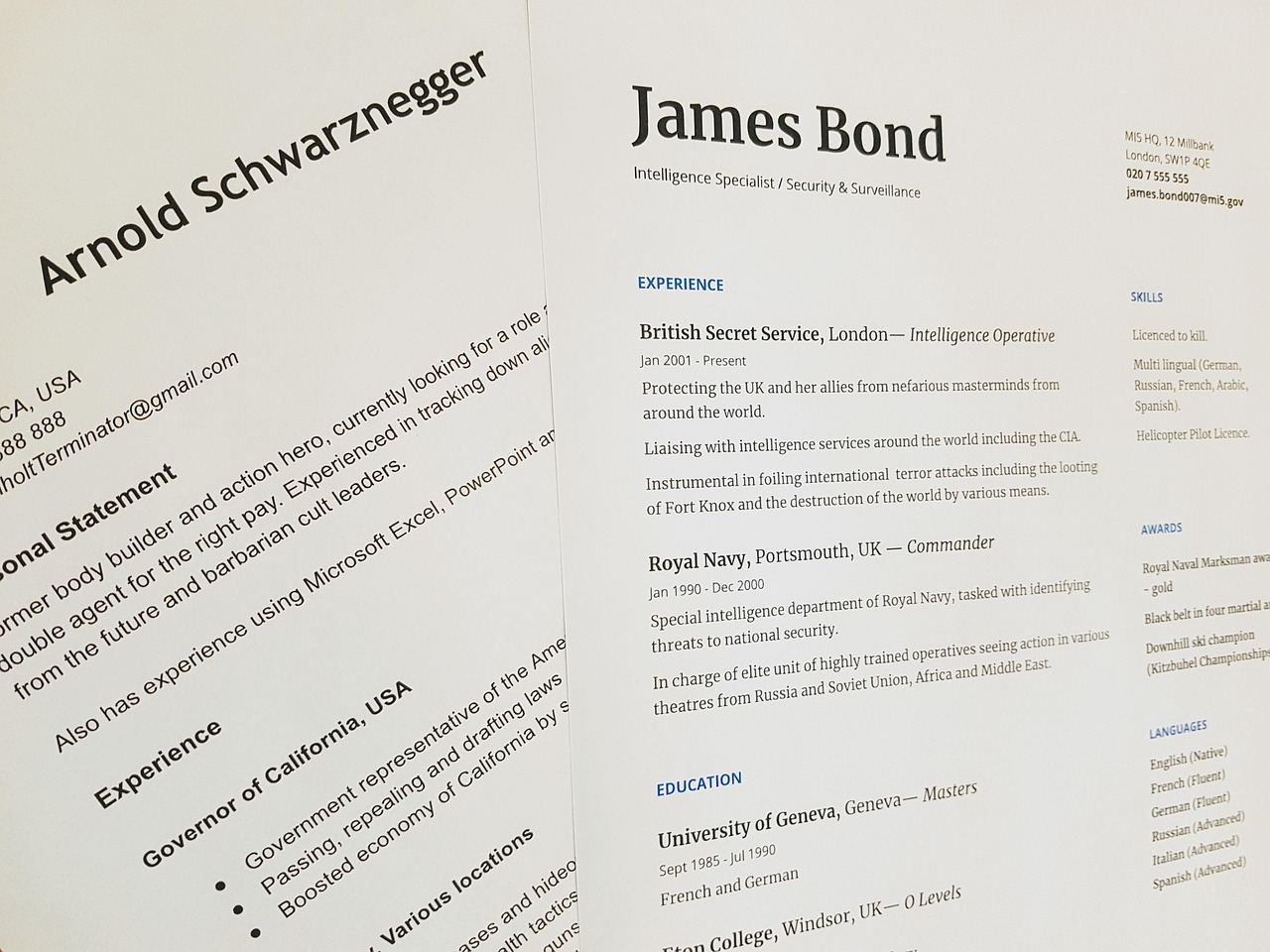Aviation training options for future airport employees in Denmark
Individuals interested in a career at an airport in Denmark can explore various training programs tailored for aspiring employees. These programs are designed to equip candidates with essential skills and knowledge without the necessity of prior experience. This presents an excellent opportunity to embark on a fulfilling career in the aviation sector.

What Training Programs Are Available for Aspiring Airport Employees in Denmark?
Danish aviation training encompasses several specialized areas, each designed to meet specific industry requirements. The Danish Aviation Authority (Trafikstyrelsen) oversees many certification programs, ensuring compliance with European Aviation Safety Agency (EASA) standards.
Ground handling training programs cover baggage handling, aircraft marshalling, and cargo operations. These courses typically include safety protocols, equipment operation, and emergency procedures. Aviation security training focuses on passenger screening, access control, and threat assessment, preparing students for roles with airport security services.
Technical training programs address aircraft maintenance, covering both line maintenance and base maintenance certifications. Students learn aircraft systems, troubleshooting techniques, and regulatory compliance. Air traffic control training represents one of the most specialized paths, requiring intensive study of navigation systems, communication protocols, and airspace management.
Several institutions offer these programs, including technical colleges, aviation academies, and specialized training centers located throughout Denmark. Many programs combine classroom instruction with hands-on practical experience at active airports.
What Qualifications Are Needed to Start Aviation Training in Denmark?
Entry requirements vary significantly depending on the chosen specialization and training level. Most basic aviation training programs require completion of upper secondary education (gymnasium or equivalent vocational training). Some technical positions may accept candidates with relevant work experience in lieu of formal educational credentials.
Language proficiency represents a crucial requirement across all aviation roles. English proficiency is mandatory for most positions, as it serves as the international aviation language. Danish language skills are typically required for customer-facing roles and communication with local authorities.
Medical clearances are necessary for many aviation positions. Air traffic controllers and certain maintenance personnel must pass comprehensive medical examinations, including vision, hearing, and psychological assessments. These medical standards ensure personnel can perform safety-critical tasks effectively.
Age requirements generally specify minimum ages ranging from 18 to 21 years, depending on the role. Some advanced certifications, particularly for air traffic control, may have upper age limits for initial training entry. Background checks and security clearances are standard requirements, given the sensitive nature of airport operations.
How Long Do Aviation Training Programs Typically Last in Denmark?
Training duration varies considerably based on program complexity and certification level. Basic ground handling certifications can be completed within several weeks, while comprehensive technical training may extend over multiple years.
Security training programs typically span 2-6 weeks, including initial certification and ongoing recertification requirements. These programs must be renewed regularly to maintain valid credentials, usually annually or biannually depending on specific roles.
Aircraft maintenance training represents the longest commitment, with full certification programs lasting 18-24 months for basic licenses. Advanced certifications and type-specific training for particular aircraft models require additional time investments. Students typically combine theoretical study with supervised practical experience.
Air traffic control training demands approximately 12-18 months, including classroom instruction, simulator training, and on-the-job supervision at operational facilities. This intensive program reflects the complex decision-making and safety responsibilities inherent in air traffic management.
Professional development continues throughout aviation careers, with mandatory recurrent training, safety updates, and skill enhancement programs. These ongoing requirements ensure personnel maintain current knowledge of evolving technologies, regulations, and best practices.
Denmark’s aviation training landscape provides structured pathways for individuals seeking airport employment opportunities. The combination of theoretical knowledge, practical skills, and regulatory compliance creates a foundation for careers in this specialized field. However, it’s important to note that completing training programs does not guarantee specific job placements, as employment depends on market conditions, individual qualifications, and available positions with airport operators and service providers. Prospective students should research current industry demands and career prospects independently before committing to training programs, as the aviation sector can experience fluctuations based on economic conditions and industry changes.




